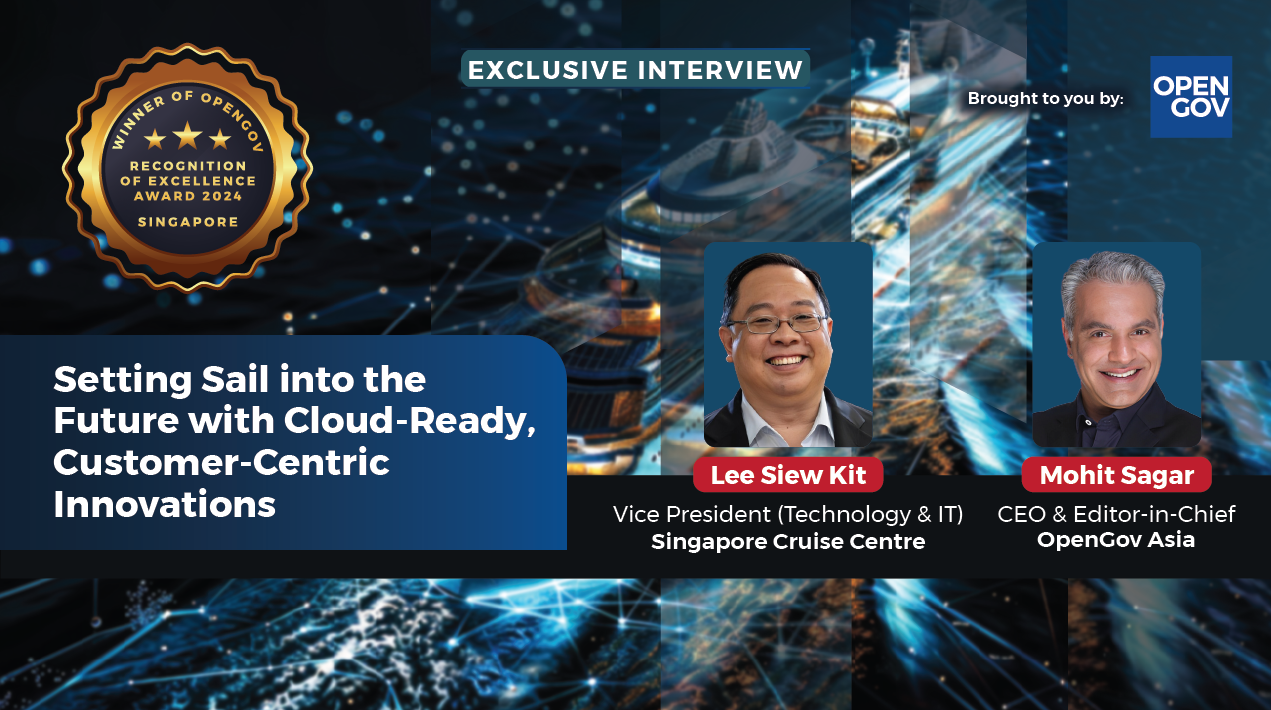
The research found that “by 2022, 60% of global GDP will be digitized. Yet today, only 45% of people trust that technology will improve their lives. Every sector is beginning to face deep questions about what the implications of this transformation will be.”
The World Economic Forum, via its Global System Initiative on Shaping the Future of Digital Economy and Society, is driving the agenda of “Our Shared Digital Future”. One of its goals is delivering responsible digital transformation, and this paper provides a framework on how to think about the impacts from five emerging digital developments.
The topics the research paper cover are:
- Cyber-resilience
- Data privacy
- The internet of things (IoT)
- Blockchain
- Artificial intelligence (AI)
The structure of the paper includes an overview of each technology; the essential responsibilities for business, government and society. For this article, we have outlined the recommendations from the report on how government can assist with these developing technologies.
Cyber-resilience
In the absence of global cyber laws or treaties, governments have an enabling role to develop coherent national cybersecurity strategies and transnational and regional treaties. They need to ensure that public databases and national infrastructures have the necessary safeguards and establish regulatory frameworks that accelerate the adoption of cybersecurity practices. Law enforcement needs to be standardized and deterrents to cybercrime shared between nations. Governments and business leaders need to work on these ideas in concert rather than in opposition.
Data privacy
Governments will manage the clash between the exponential growth of personal data and the regulatory push to protect citizens’ data. A focus on following the lead of their citizens’ complaints will help governments avoid targeting specific companies or sectors.
There are dangers of regulatory overlap, as privacy laws, digital protocols, labour laws and age definitions need coordination between countries to avoid unintended impacts to broader public strategy goals. And the toughest challenge for regulators will involve developing dynamic models to keep laws current, laying the groundwork for regulating outcomes versus a rules-based compliance system that may quickly become outdated.
The internet of things (IoT)
Government has an essential role to play in helping prevent a growing digital divide and ensure that the benefits of IoT reach the communities in which it can provide the greatest benefit. This includes enabling and investing in digital infrastructure such as 5G networks and other wireless technologies to ease public access and adoption of IoT.
Another area of opportunity is government’s role as potentially the largest implementer of IoT through urban and rural public services. IoT can generate significant productivity gains, service-level improvements and long term cost savings for the public sector. Government can also help mitigate the risks associated with IoT by establishing regulatory frameworks that support open standards, interoperability, data protections, transparency, network and device security and other best practices in the design and architecture of IoT systems.
Blockchain
There may be potential applications for blockchain in areas linked to standard digital ID usage, and interactions that require certifications may be open to simplification. On the other hand, blockchain’s essential characteristics of decentralization and immutability would seem to put it in conflict with the emerging regulatory framework on personal data.
For example, some countries are regulating a requirement to ascertain the location and jurisdiction of data, which goes against the decentralized characteristic of blockchain. Likewise, some regulatory frameworks require businesses to be able to determine the controller and the processor of any transaction.
Either blockchain developers must find ways to use blockchain via anonymization of personal data or regulators have to exempt blockchain from some of the new legal demands.
Artificial intelligence (AI)
Government will have to look at AI in two ways – On the one hand, the potential for “misuse” is high, and will be difficult to manage. Risks include use of AI for evasion and detection avoidance. On the other hand, the risk of “missed use” may be even higher for society. Tools and protocols will need to be established so that the safe sharing of large data pools across different elements of society is possible.
As users of these technologies, governments can move quickly to capture gains in productivity and offer improvements in all public services. They can also help prevent a growing digital divide and ensure that IoT reaches the communities where it can provide the greatest benefit.
The report highlighted that citizens also have vital roles to play as they engage with these emerging technologies. Adopting a code of good digital conduct, developing strong personal digital-security habits, exercising new data subject rights fairly and engaging responsibly with businesses on customer complaints will be essential.
Together, these behaviours will help create a level of digital citizenship and governance which will be able to influence the journey to deliver a responsible transformation.
















